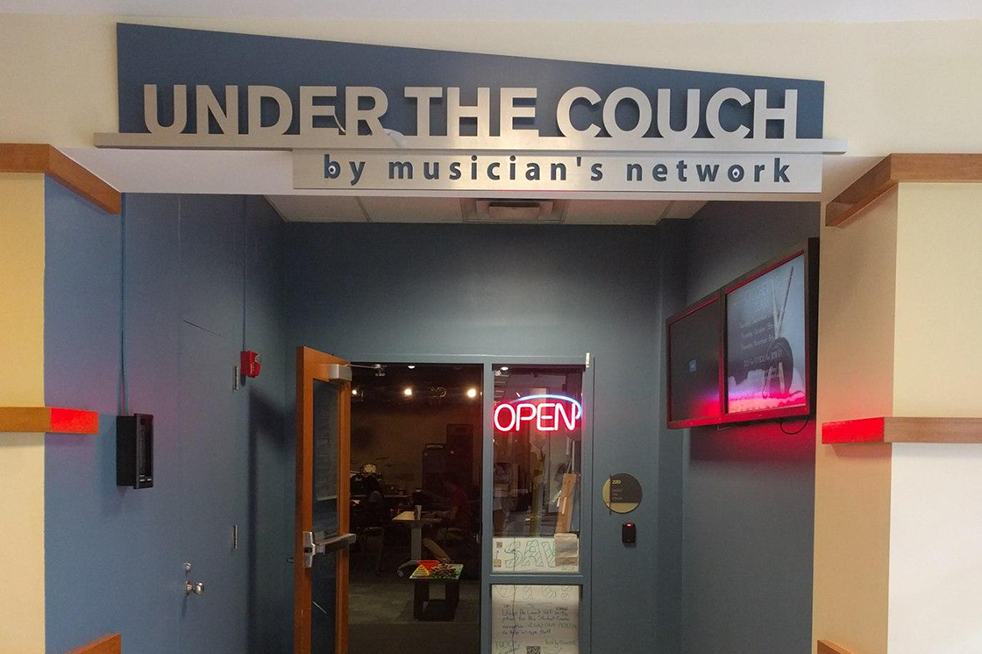
My roommate, a current graduate student at Tech and a University of Florida graduate, has his phone ringing off the hook every day — someone from UF is trying to contact him to convince him to donate to the school.
Their argument is as follows: even though students have poured tens of thousands of dollars into their school with their tuition and associated costs of attendance, it is worthwhile for students to donate even more money; a larger endowment leads to a higher quality of education for future students, which in turn increases the reputation of the school and the value of their degree. It’s a very compelling argument. But what happens when a school does something that decreases the value of their name?
I was forced to confront this conflict personally when I found out about a recent economic study on SunTrust Park, the newly-constructed home of the Atlanta Braves. The Atlanta Business Chronicle parroted without reservation the study’s conclusions in an article last month: “The Atlanta Braves will be an economic home run for Cobb County and its school system over at least the next 20 years, according to a new study done by Georgia Tech.”
The study, released by the Tech Center for Economic Development Research, claims that SunTrust Park and its associated commercial developments — called, “The Battery” — would generate “an average, total, net fiscal impact of approximately $18.9 million annually for Cobb County.”
Is this not a positive development? Why should I not want Tech’s name associated with such work?
Because the study is so grossly problematic that it lessens the overall reputation of Tech.
SunTrust Park was funded after Cobb County’s government effectively stole $40 million in taxpayer money that had been earmarked for public parks — not baseball stadiums — in order to throw an incentivizing offer at the Braves, and further raised taxes to fight off their growing debt.
As per a June Atlanta-Journal Constitution report, Cobb County faces at least a $30 million deficit in its 2019 budget. Multiple studies have found the deal to function at a net loss to Cobb County, its businesses, and citizens.
The recent GT CEDR report was commissioned by the Cobb County Chamber of Commerce — hardly an unbiased or independent source in evaluating the deal.
There is an inherent conflict of interest with the parties involved in the study, in that the people performing the study are being paid to perform the study by the very entity who made the decision that they are studying.
Kennesaw State University Economist J.C. Bradbury took to Twitter after the report was published and criticized multiple aspects of the study, from its generous economic-region analyzed — it more measured economic factors elsewhere in Cobb County than the economic impact of the stadium — to its use of black box models that violate traditional economic wisdom with regards to publicly subsidized sports stadiums.
A 2008 survey of economists across the economic spectrum found a “nearly unanimous conclusion that ‘tangible’ economic benefits generated by professional sports facilities and franchises are … smaller than the size of the subsidies (used to pay for the stadiums)”.
In other words, a study commissioned by the very entity that took this money reflects positively on that entity after operating in manners unbecoming of proper economic studies.
Bradbury spoke for me when he asked, “Why does Georgia Tech allow its name to be used to brand pseudo-science “economic impact studies” for a fee?”
I cannot in good conscience donate to my alma mater when I know that some of the money is going towards a cause that cheapens and weakens the value and reputation of my diploma. Tech is an academic institute, not a business, and having an offshoot that sells off Tech’s name in such a manner is unacceptable.









